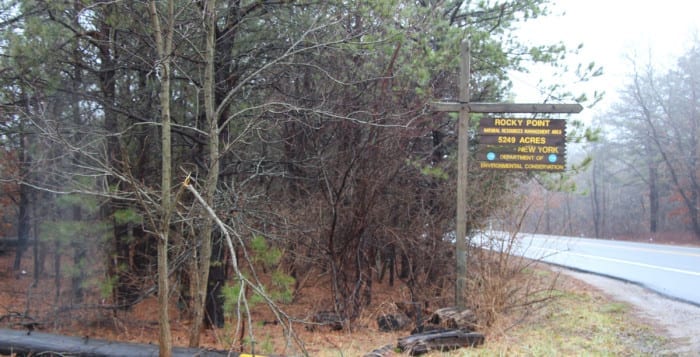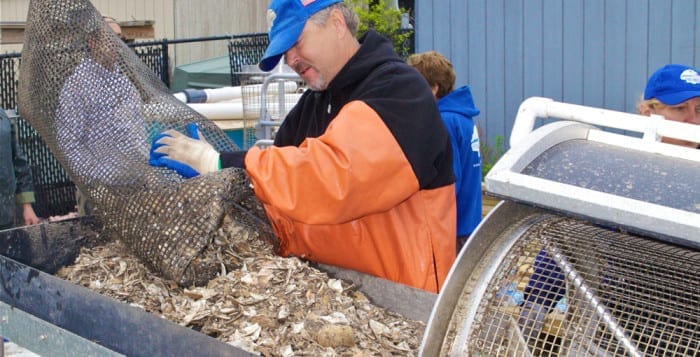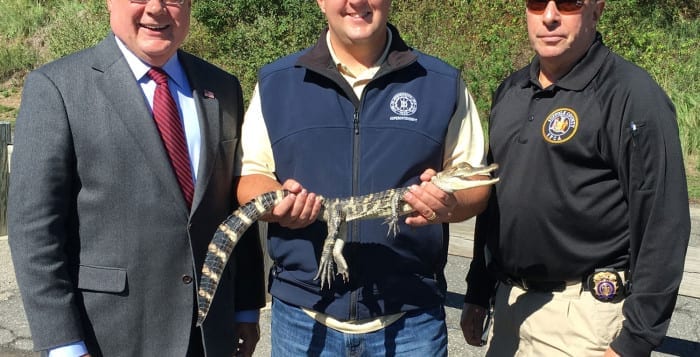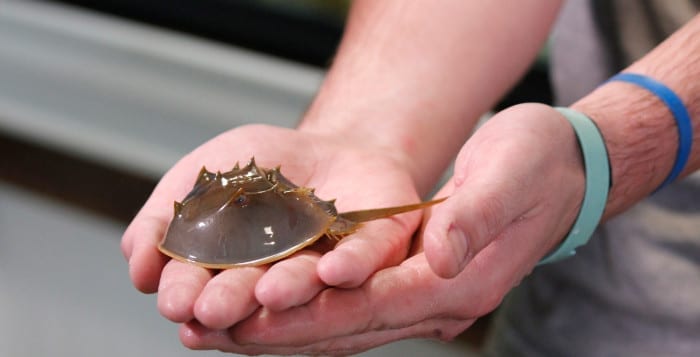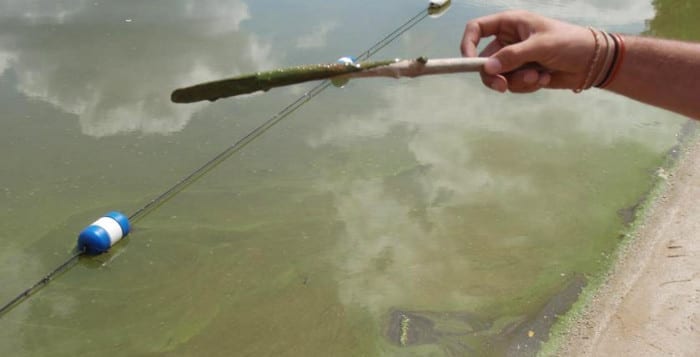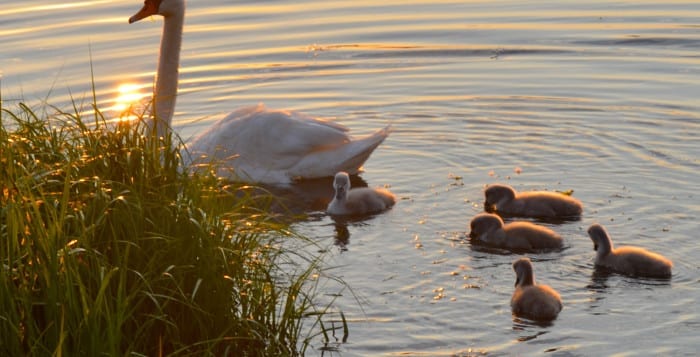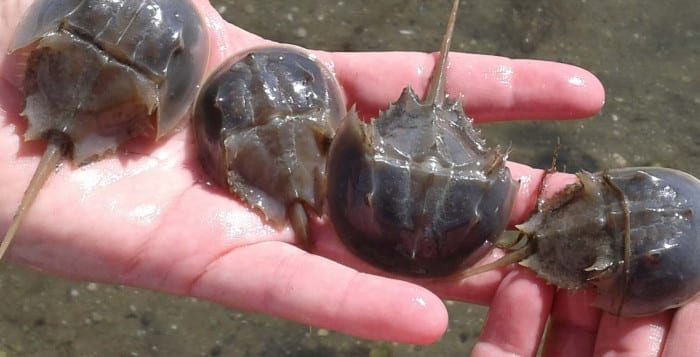In light of the uptick in southern pine beetle populations on Long Island, environmental officials are looking to weed out the issue in the Rocky Point Pine Barrens Preserve.
Last December, the Department of Environmental Conservation proposed a timber thinning to combat the beetle’s presence in the state park. The prospective contractor wouldn’t only harvest pine trees in the park, but also cut down hardwood trees to use for personal benefit. New York State Sen. Ken LaValle (R-Port Jefferson), Assemblyman Fred Thiele (D-Sag Harbor) and Assemblyman Steve Englebright (D-Setauket) voiced their opposition to the proposal on Feb. 11.
According to their statement, the project mainly involves the selling of scarlet oak trees rather than harvesting the beetle-infested pitch pine trees in the park. The property was not preserved to provide contractors with lumber, but to preserve the land, as the pine barrens property sits on the Island’s purest waterway. No bids were made on the contract thus far.
“We were going to do this thinning out as a preventative measure, and [the proposed plan] was their response, and we didn’t feel that it was logical,” Englebright said. “This doesn’t address that this crisis is advancing.”
The southern pine beetle appeared in Long Island en masse, in fall 2014, and has devastated thousands of acres of Pine Barrens property, according to Englebright. The beetle, which creates tunnels in the tress, targets all types of pine trees, including pitch pine trees like those found in the Rocky Point Pine Barrens Preserve. The New York State Department of Environmental Conservation found infested pine trees in October 2014.
“When the extent of the infestation became known, it was apparent that there needed to be a lot of control efforts,” said Anthony Graves, the Town of Brookhaven’s chief environmental analyst. “But there was no funding. … the State was trying to figure out a way to go ahead and engage control efforts [with the opposed timber harvest plan].”
According to Richard Amper, executive director of the Long Island Pine Barrens Society, there are not many cases of beetle infestation in the park. However, the Connetquot River State Park in Oakdale lost around 3,600 acres of pine trees to the Southern Pine Beetle. Graves added that wind could have picked up the small beetles and carried them from New Jersey to the Island.
Warmer winter weather over the past few years has also contributed to the increase in pine beetle populations.
In the DEC’s proposal, it added that harvesting the trees will also help other trees grow. It added that harvesting is a common practice when combatting this type of infestation. There’s no mention of harvesting oak trees in its preventative thinning plan. Amper said the reasoning was odd, as the pitch pine trees are much taller than the oak trees that are currently marked in the park.
Englebright, LaValle and Thiele requested $3.5 million in the 2016-17 state budget to properly address the infestation without unnecessary harvesting. Graves said the best and cheapest way to deal with the beetles is to cut down infected trees.
“The cutting of the heavily-infested stands is widely accepted by federal and state agencies that have been dealing with this problem for the last 100 years,” Graves said. “In the U.S., it’s a long-term problem with the beetles damaging commercial forests. It’s that long-term information that’s being used to drive the plan.”

